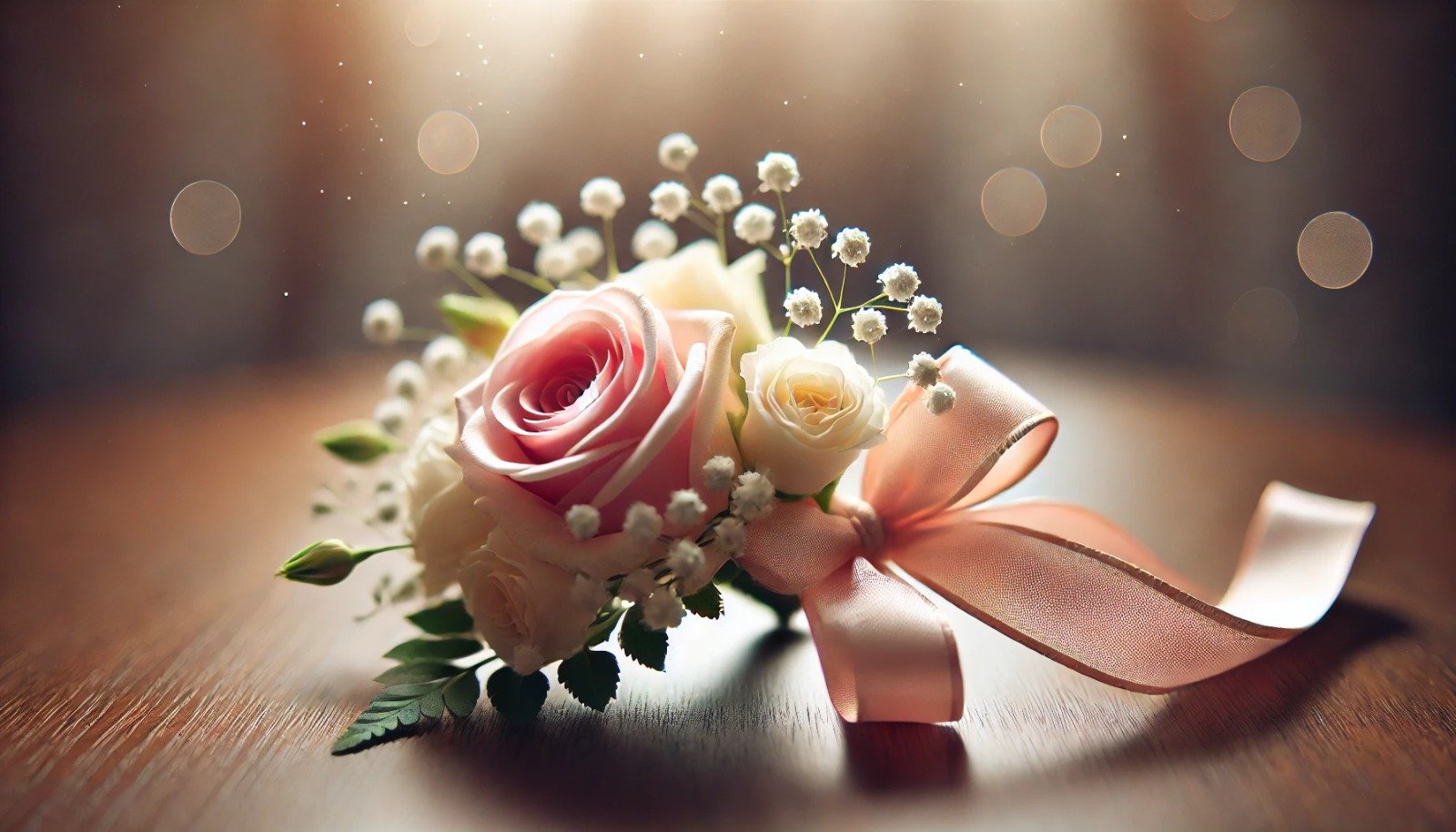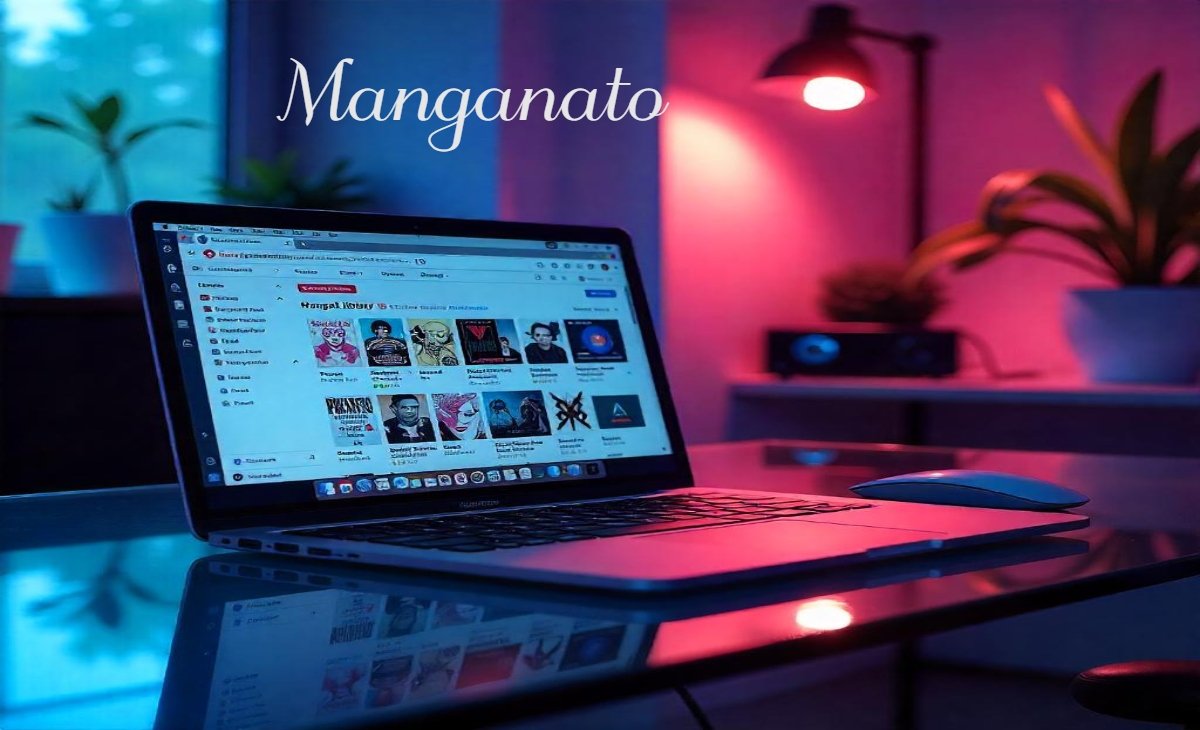A corsage, a small bouquet of flowers worn on clothing, has long been a symbol of elegance and tradition. Often associated with formal events like proms, weddings, and graduations, corsages add a touch of sophistication to any outfit. In this article, we will explore the history of corsages, their types, significance, and how to choose, wear, and preserve them. Whether you’re preparing for a special event or simply curious about this timeless accessory, this guide will provide all the information you need.
The History of Corsages
The tradition of wearing corsages dates back to ancient Greece, where people believed flowers could ward off evil spirits. During the Victorian era, corsages became a popular accessory for women, symbolizing love, friendship, and good fortune. Initially, women pinned corsages to the bodice of their dresses, but over time, they evolved into wristlets and even clutch accessories.
Today, corsages remain a staple at formal events, often worn by mothers of the bride and groom, bridesmaids, and prom attendees. Their enduring popularity highlights their versatility and timeless appeal. Furthermore, the evolution of corsages reflects changing fashion trends and cultural practices, making them a fascinating subject to explore.
Types of Corsages
Corsages come in various styles, each suited to different occasions and preferences. Below are the most common types:
- Wrist Corsages: These are attached to an elastic band and worn around the wrist. They are popular at proms and weddings due to their convenience and elegance.
- Pin-On Corsages: Traditionally pinned to the dress or lapel, these corsages are ideal for formal events.
- Magnetic Corsages: A modern alternative to pin-on corsages, these use magnets to attach to clothing, preventing damage to delicate fabrics.
- Clutch Corsages: These are designed to be held in the hand, making them a unique choice for brides or bridesmaids.
- Hair Corsages: Worn as floral hair accessories, these are perfect for adding a touch of nature to your hairstyle.
Each type offers a unique way to incorporate flowers into your outfit, ensuring you find the perfect match for your occasion. Additionally, the variety of styles allows for creativity and personalization, making corsages a versatile accessory for any event.
The Significance of Corsages
Corsages hold deep symbolic meaning, making them more than just decorative accessories. Here are some of their key significances:
- Celebration: They are often worn to celebrate milestones like weddings, proms, and graduations.
- Honor: They are used to honor special guests, such as mothers or grandmothers at weddings.
- Romance: In some cultures, they are exchanged as tokens of affection.
- Unity: Matching corsages can symbolize unity and connection among groups, such as bridal parties.
Understanding their significance adds depth to their beauty and makes them even more meaningful. Moreover, the emotional value attached to them makes them cherished keepsakes for many people.
How to Choose the Perfect Corsage
Selecting the right corsage involves considering several factors, including the occasion, outfit, and personal preferences. Follow these tips to make the best choice:
- Match the Theme: Choose flowers and colors that complement the event’s theme or your outfit.
- Consider the Wearer: Ensure the corsage is comfortable and suits the wearer’s style.
- Seasonal Flowers: Opt for flowers that are in season to ensure freshness and affordability.
- Size and Style: Select a size and style that aligns with the formality of the event.
By keeping these factors in mind, you can choose a corsage that enhances your overall look and adds a touch of elegance to your ensemble. Furthermore, consulting with a florist can provide valuable insights and help you create a custom design that perfectly suits your needs.
How to Wear a Corsage
Wearing a corsage correctly ensures it looks its best and stays secure throughout the event. Here’s a step-by-step guide:
- Pin-On Corsages: Attach the corsage to the left side of the dress or lapel, just above the heart. Use the provided pins and secure it firmly.
- Wrist Corsages: Slide the elastic band onto your wrist, ensuring it fits snugly but comfortably.
- Magnetic Corsages: Place the magnets on either side of the fabric and press them together gently.
- Clutch Corsages: Hold the corsage in your hand, ensuring it doesn’t obstruct your movements.
- Hair Corsages: Secure the corsage to your hair using bobby pins or a hairband.
Proper placement and secure attachment will ensure your corsage remains a stunning accessory throughout the event. Additionally, practicing how to wear your corsage beforehand can help you feel confident and prepared on the big day.
Preserving Your Corsage
Preserving a corsage allows you to cherish the memories of a special occasion for years to come. Here are some preservation methods:
- Drying: Hang the corsage upside down in a cool, dry place to air dry.
- Pressing: Place the flowers between the pages of a heavy book and leave them for several weeks.
- Silica Gel: Bury the corsage in silica gel to preserve its shape and color.
- Resin Casting: Encapsulate the corsage in resin to create a lasting keepsake.
Each method offers a unique way to preserve your corsage, ensuring it remains a cherished memento. Moreover, preserving your corsage allows you to relive the special moments associated with it, making it a meaningful keepsake.
DIY Corsage Ideas
So creating your own corsage can be a fun and rewarding experience. Here are some ideas to get you started:
- Fresh Flowers: Use fresh flowers like roses, orchids, or lilies for a classic look.
- Artificial Flowers: Opt for artificial flowers if you want a long-lasting corsage.
- Ribbons and Pearls: Add ribbons, pearls, or beads for extra embellishment.
- Themed Corsages: Incorporate elements that match the event’s theme, such as seashells for a beach wedding.
DIY corsages allow you to personalize your accessory and add a unique touch to your outfit. Additionally, making your own corsage can be a cost-effective alternative to purchasing one from a florist.
Corsage Etiquette
Understanding corsage etiquette ensures you wear and gift them appropriately. Here are some guidelines:
- Gifting: They are typically gifted by dates, family members, or event organizers.
- Matching: Coordinate corsages with boutonnieres for a cohesive look.
- Timing: Present corsages at the beginning of the event to ensure they are worn throughout.
- Thank You: Always thank the person who gifted you the corsage.
Following these etiquette tips ensures you handle them with grace and respect. Moreover, adhering to corsage etiquette shows consideration for the traditions and sentiments associated with this elegant accessory.
Fun Facts About Corsages
Here are some interesting facts about corsages:
- The word “corsage” comes from the French word “cors,” meaning bodice.
- Wrist corsages gained popularity in the 1950s as dresses became strapless.
These fun facts highlight the rich history and cultural significance of them. Additionally, they provide a deeper appreciation for this timeless accessory and its evolution over time.
Conclusion
A corsage is more than just a floral accessory; it is a timeless symbol of elegance, tradition, and celebration. Whether you’re attending a wedding, prom, or graduation, a corsage adds a touch of sophistication to your outfit. By understanding its history, types, and significance, you can choose, wear, and preserve your corsage with confidence. So, the next time you attend a special event, consider adorning yourself with a beautiful corsage to enhance your look and create lasting memories.



